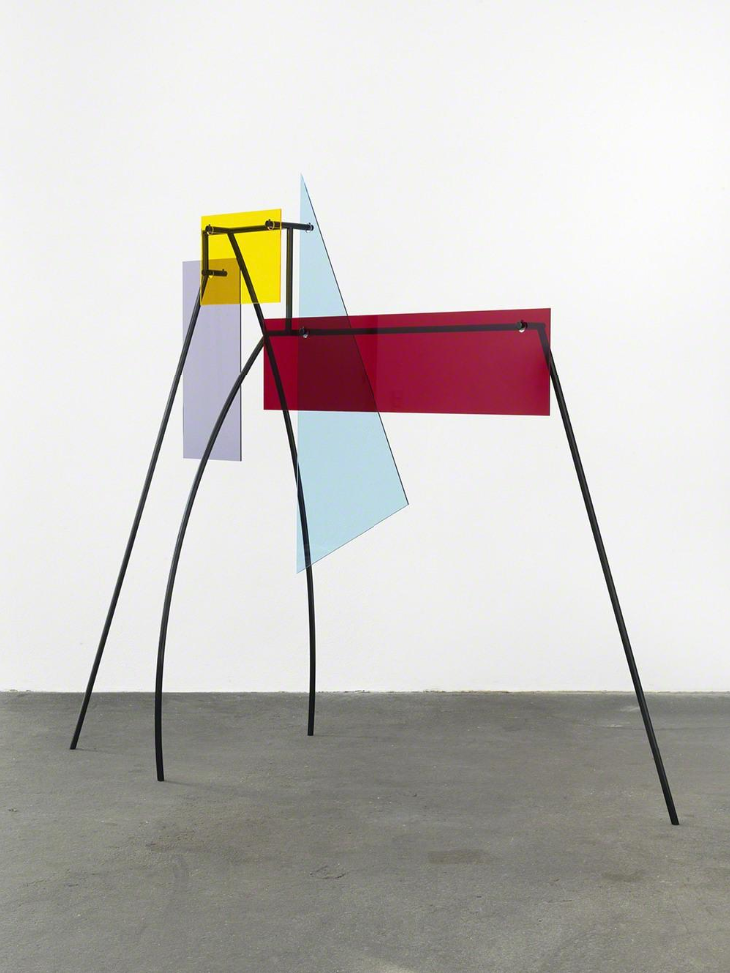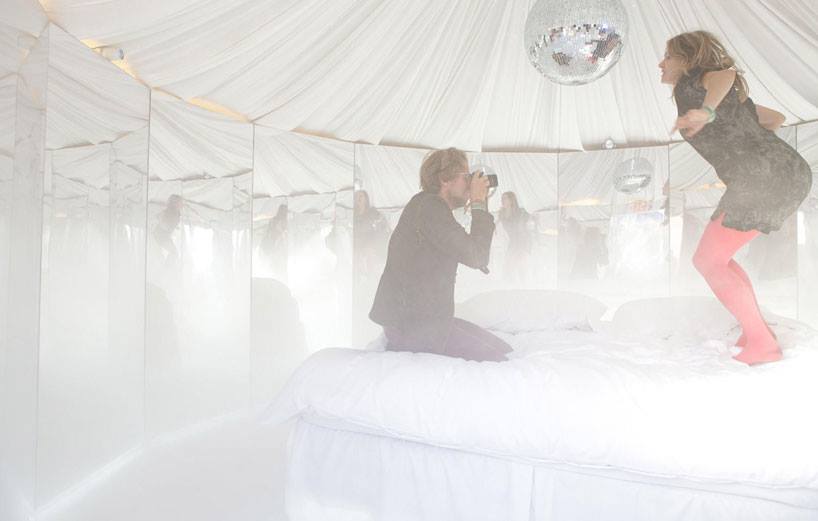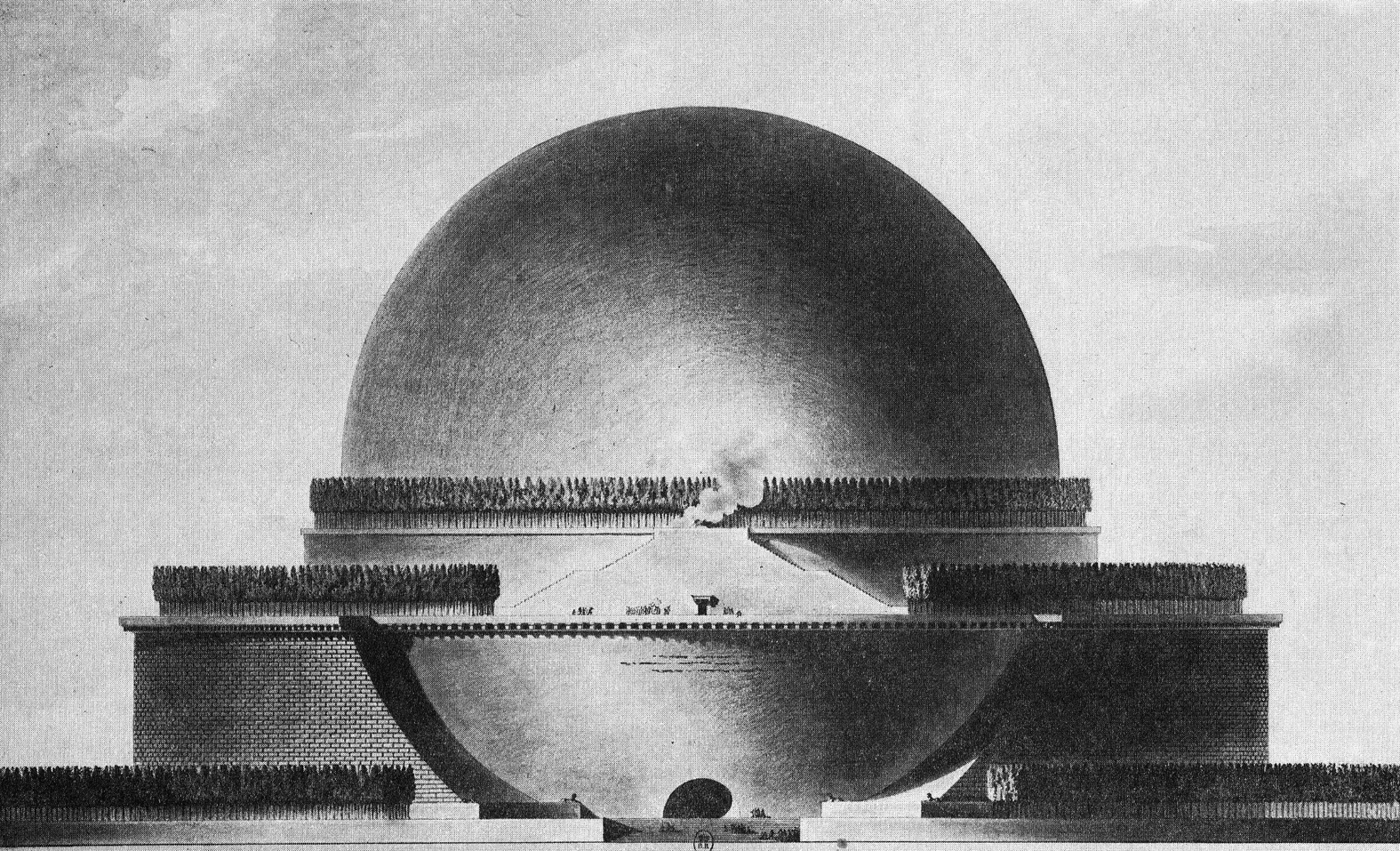
NOIZ
SHIBUYA HYPER CAST. 2
Shibuya Hyper CAST. 2 is a showcase of most cutting-edge urban innovations combined into one building. Shibuya CAST., an existing development designed by noiz, has been an urban lab of mixed function and culture located in the middle of one of the hottest areas in Tokyo. This hypothetical project has started for the 5-year memorial celebration of the CAST., to project future possibility of the building, the area, our society, and potentially a form of future city. It demonstrates how cities of the future could be structured and operated. The project is based on urban studies in the area of mobility, social welfare, administration, funding, security, sustainability and more. Shibuya Hyper CAST. 2 translates the best features of vibrant downtown districts into vertical language of ever-growing cities of the future.











